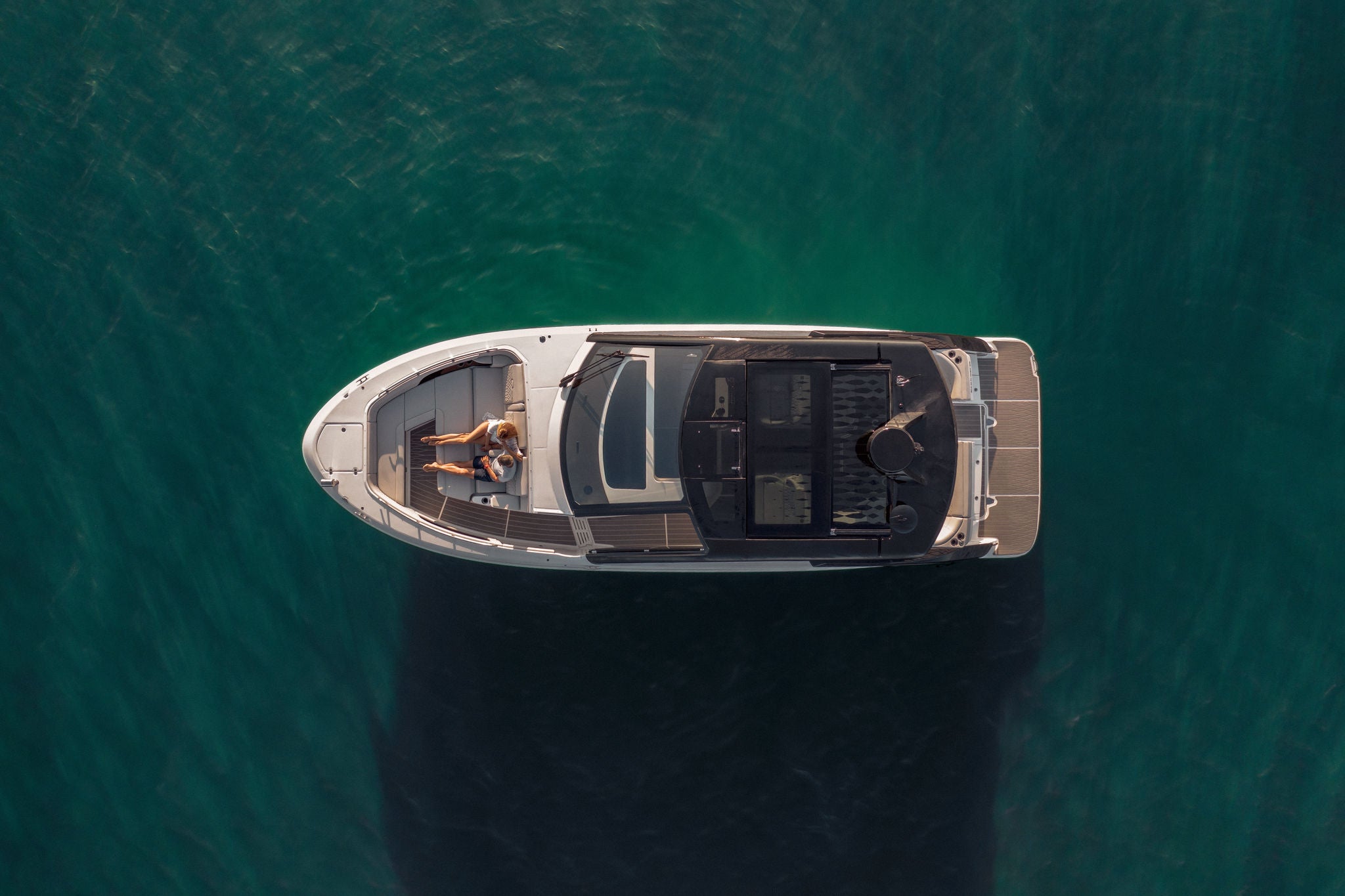No one likes to look like a rookie and for those new to boating, learning commonly used nautical terms is a good way to avoid this pitfall. Knowing the proper name for all things boating is the first step to letting others know you know your “aft” from a hole in the ground.
Aft: The rearward section of a boat, also called the stern. It’s also a direction as in, “I’m going aft.”
Fore: The forward section of a boat, also called the bow (as in taking a bow).
Port: The left side of the boat if you are looking forward. The easiest mnemonic device to remember this is, “the boat left port.”
Starboard: The right side of the boat if you are looking forward. There is no mnemonic device for this one; it’s the opposite side of the boat of the one you can remember.
Head: The nautical term for a bathroom. Announcing you are going to the head compartment is a far classier way of saying you’re heading to the toilet.
Helm: The command center of a boat, where the crewmember wearing the funny hat sits and holds the wheel.
Cleat: The name for a two-horned metal device located on the sides of the boat that creates a place to tie a line to secure a boat to a dock. Only landlubbers call dock lines “ropes.” The knot needed to secure a boat’s cleat should be the first one a boater learns.
Fender: An air or foam-filled, tube-shaped pillow that cushions a boat to prevent it from banging against a dock. Only rookies call these devices “bumpers.” The second knot a new owner should learn is the clove hitch, which can be used to tie a fender to a railing.
Amidships: The middle part of a boat that makes even a Sea Ray SPX 190 seem more yacht-like.
Bilge: The area below your deck that houses pumps, batteries and engines (if you have a sterndrive). A working bilge pump eliminates the need for the crew to remove accumulated water via the 5-gallon-bucket-method.
Windlass: An electric winch that raises and lowers the anchor. Should you order this option? It depends. On a hot day, would you rather haul in a 20-pound anchor tethered to 100 feet of rode (the name for the line that’s attached to an anchor) or just press a button?
Sea Ray Boating Terms:
Joystick Piloting: Mercury/MerCruiser eliminates the huge learning curve that is docking a boat. With this Axius® control system — available for both sterndrives, inboards and outboards — those new to boating can take total control of even larger vessels like the Sundancer 350 by just tilting and twisting a small controller, which is called a “joy”stick for good reason. It can even allow the pilot to move the boat sideways
Skyhook: Part of the Axius Premier package, this feature allows drivers to hold a boat equipped with multiple engines in place without the need for an actual anchor. It does this by using a computer to interface with the boat’s GPS and independently articulate each engine. The first time you see your engines or outdrives turning in different directions you’ll think you broke it, but it’s all good.
Dynamic Running Surface: If you’re new to boating and want to confound an old salt with your extreme nautical skills, choose a boat like the new SLX-R 400e that has this feature that incorporates special, oversized trim tabs that conform to the hull shape and interface with a host of technological features to always keep the boat trimmed perfectly.
Quiet Ride™: No, it’s not the sound in the cockpit when a spouse forgets an anniversary, it’s Sea Ray’s revolutionary system that takes a holistic approach to dampening noise on select models like the eerily quiet 250 SLX. In addition to special gaskets in hatches and doors that lock in sound, engineers used acoustical foam in many non-traditional areas to further quiet noise. But the most unique feature is the sound-deadening fabric added to the hull’s laminate that transforms vibration and noise into heat, which is quickly dissipated.
This is for general information purposes only. Your use or reliance on any of the information in this Blog is solely at your own risk. Under no circumstance will we have any liability for any loss or damage of any kind incurred as a result of the use of any of the information provided.
Options and features mentioned subject to change. Please confirm availability of all accessories and equipment with an authorized Sea Ray dealer.
